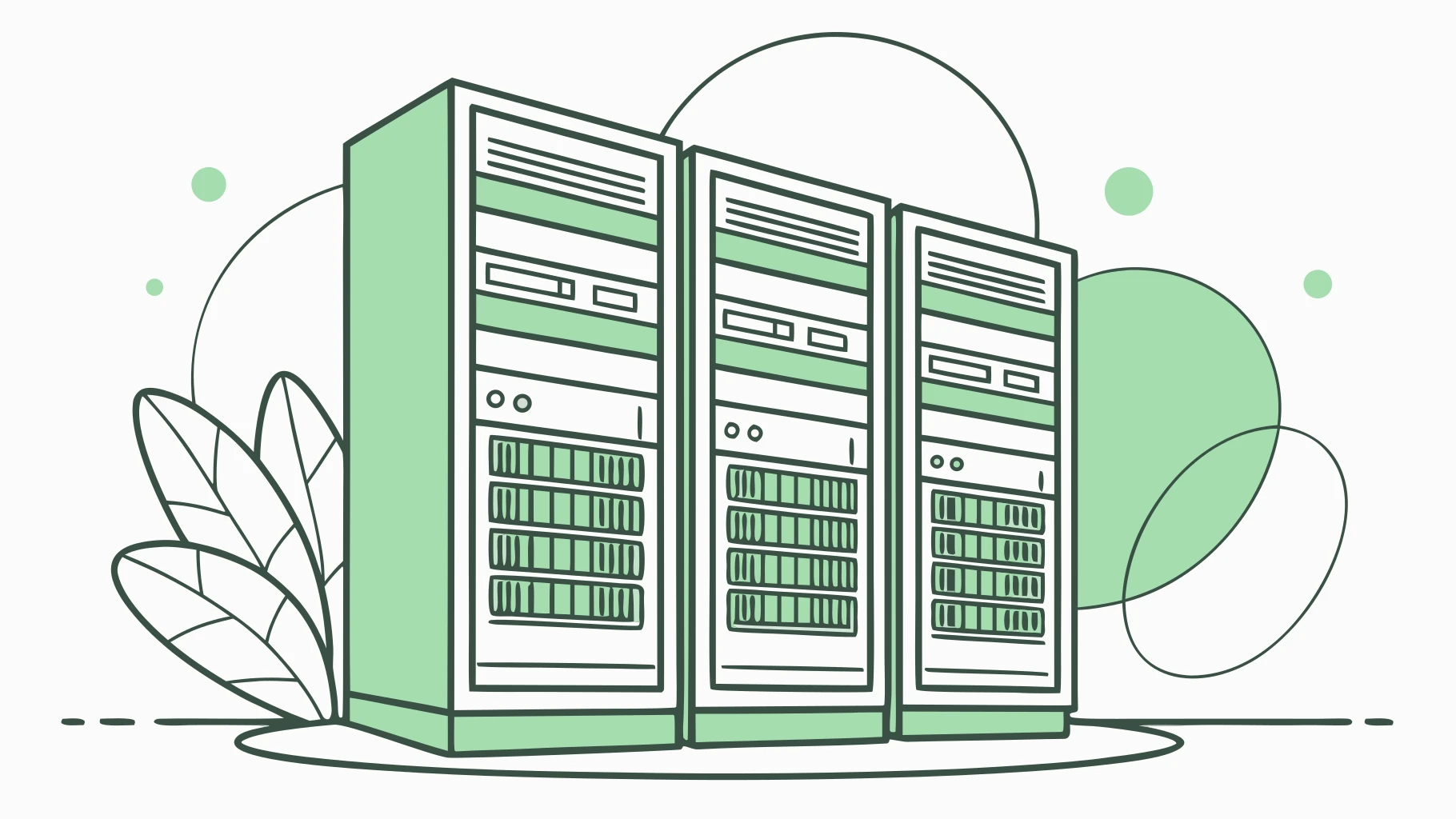Docker
Docker is the industry-standard platform for developing, shipping, and running applications in containers. Launched in 2013, Docker revolutionized software deployment by packaging applications and their dependencies into lightweight, portable containers that run consistently across any environment—from a developer's laptop to production cloud infrastructure. Docker containers provide isolation, reproducibility, and efficiency, making them essential for modern DevOps, microservices architectures, and AI/ML workflows.

What is Docker?
Docker is a containerization platform that allows developers to package applications with all their dependencies—code, runtime, system tools, libraries—into standardized units called containers. Unlike virtual machines that virtualize entire operating systems, Docker containers share the host OS kernel while maintaining isolated user spaces. This makes containers lightweight (megabytes vs gigabytes), fast to start (seconds vs minutes), and efficient in resource utilization. A Docker container runs identically whether on a developer's MacBook, a Linux server, or in a cloud environment like AWS or Azure.
Docker consists of several key components: Docker Engine (the runtime that builds and runs containers), Docker Hub (a registry for sharing container images), Dockerfile (a script defining how to build a container image), and Docker Compose (a tool for defining multi-container applications). The platform has become foundational to modern software development, with over 20 million developers and 13 million container images on Docker Hub. For AI and ML applications, Docker provides reproducible environments for model training, simplifies deployment of inference services, and enables consistent experimentation across teams.
Key Features and Components
Core Docker Features
- Containerization - Package apps with dependencies in isolated containers
- Image-based deployment - Build once, run anywhere from container images
- Dockerfile - Declarative scripts for reproducible container builds
- Layer caching - Efficient builds reusing unchanged layers
- Docker Compose - Multi-container orchestration with YAML configuration
- Volume mounting - Persistent data storage and file sharing with containers
- Network isolation - Virtual networks for container communication
- Resource limits - CPU, memory, and I/O constraints per container
Docker for AI/ML Workflows
- GPU passthrough with NVIDIA Container Toolkit
- Reproducible training environments with pinned dependencies
- Model serving containers for inference deployment
- Jupyter notebook containers for research and development
- Multi-stage builds to separate training and inference images
- Registry management for versioned model images
- Integration with Kubernetes for production ML pipelines
- Support for frameworks (PyTorch, TensorFlow, JAX) in pre-built images
Use Cases and Applications
Docker is ubiquitous in modern software development and operations:
- Microservices architectures - Deploy services in isolated containers
- CI/CD pipelines - Consistent build and test environments
- ML model training - Reproducible experiment environments
- Inference serving - Deploy models in lightweight containers
- Development environments - Match production exactly on local machines
- Multi-tenant applications - Isolate customer workloads
- Legacy application modernization - Containerize monoliths incrementally
- Cross-platform deployment - Same container runs on Windows, Linux, macOS
- Batch processing - Spin up workers dynamically for parallel tasks
- Testing and QA - Isolated test environments for integration testing
Docker vs Virtual Machines and Kubernetes
Compared to virtual machines (VMs), Docker containers are dramatically more lightweight and efficient. VMs virtualize entire operating systems (gigabytes, minutes to boot), while containers share the host OS kernel (megabytes, seconds to start). A single server can run hundreds of containers but only a handful of VMs. However, VMs provide stronger isolation and support running different OS kernels, making them complementary technologies rather than direct replacements.
Docker and Kubernetes are often used together but serve different purposes. Docker is a containerization platform for building and running individual containers. Kubernetes is an orchestration system for managing containers at scale across clusters. Many production deployments use Docker to build container images, then deploy them via Kubernetes for automatic scaling, self-healing, and load balancing. For smaller deployments or development, Docker Compose provides simple multi-container orchestration without Kubernetes complexity.
Getting Started with Docker
Getting started with Docker is straightforward. Install Docker Desktop (for Mac/Windows) or Docker Engine (for Linux) from docker.com. Verify installation with `docker --version`. Start with pre-built images from Docker Hub—run `docker run hello-world` to test your setup, or `docker run -it python:3.11` to get an interactive Python environment. Create your first Dockerfile to containerize an application, then build with `docker build -t myapp .` and run with `docker run myapp`.
For AI/ML applications, NVIDIA provides CUDA-enabled base images (nvidia/cuda) and framework images (nvcr.io/nvidia/pytorch). These include GPU drivers and libraries pre-configured. Install NVIDIA Container Toolkit to enable GPU access in containers. Use Docker Compose to define multi-container AI pipelines (training + inference + database). Docker's official documentation provides extensive tutorials, best practices, and reference guides for containerizing any application stack.
Integration with 21medien Services
21medien uses Docker as the foundation of our AI deployment infrastructure. We containerize all ML models for consistent deployment across client environments—from on-premises servers to cloud platforms. Our team provides Docker consulting and implementation services, helping clients containerize legacy applications, optimize Dockerfiles for build speed and image size, and design Docker-based CI/CD pipelines. We specialize in GPU-accelerated containers for AI workloads, multi-stage builds for efficient model serving, and Docker Compose stacks for complete AI application deployments.
Pricing and Access
Docker Engine (the core runtime) is free and open-source under the Apache 2.0 license. Docker Desktop for personal use is free, but commercial use requires a Docker Business subscription ($7/user/month, annual billing). Docker Business includes Docker Desktop, advanced image management, single sign-on, and priority support. Docker Hub provides free public image hosting (unlimited public repos) and free private repos for individuals. Docker Hub Pro ($5/month) adds unlimited private repositories and parallel builds. Docker Hub Team ($7/user/month) adds team collaboration features. Enterprise customers can use Docker Enterprise with advanced security, compliance features, and dedicated support (pricing via sales). Most organizations use free Docker Engine on Linux servers plus Docker Hub for image registry needs.